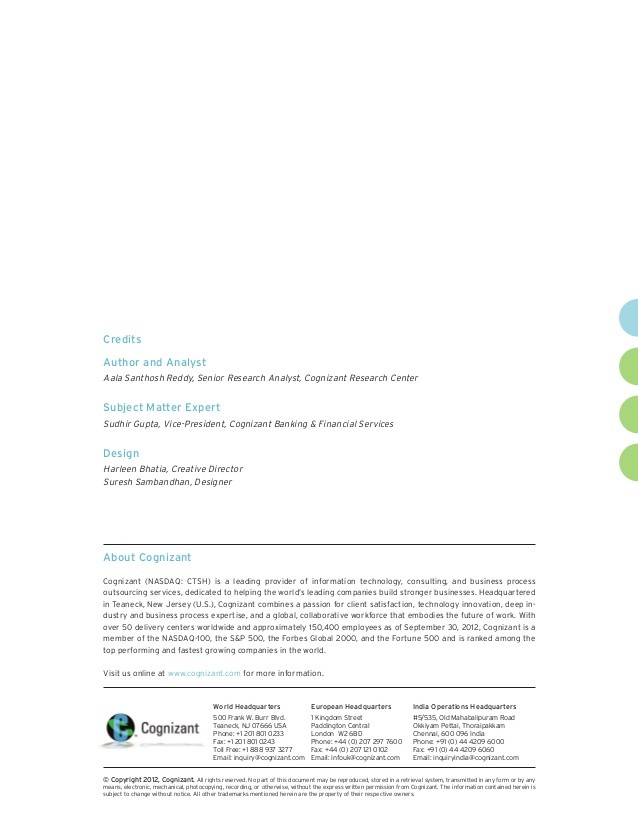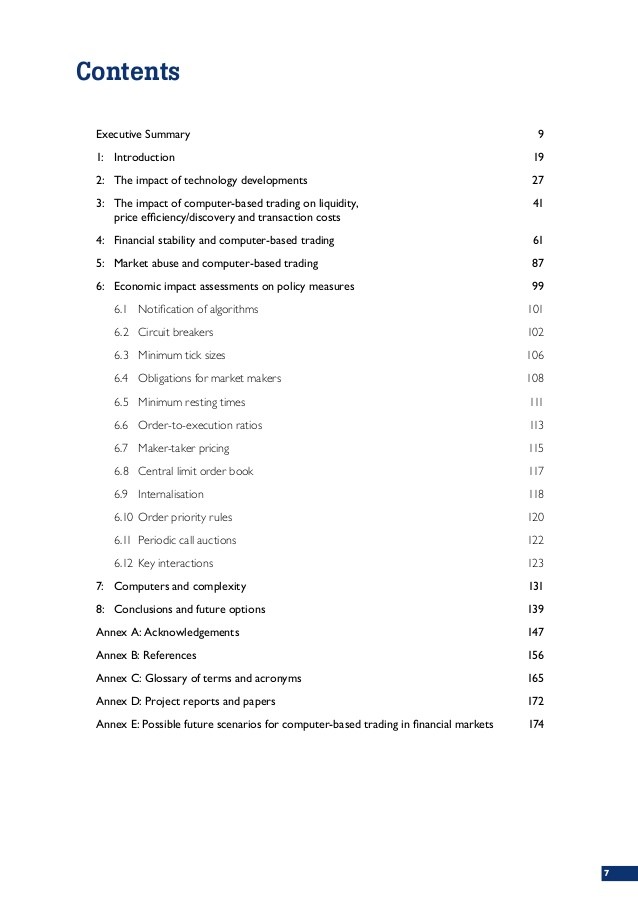MiFID II – A Radical Contribution To The Development Of Data Law Finance and Banking
Post on: 24 Июль, 2015 No Comment

Away from the hubbub about HFT (High Frequency Trading) a quiet storm is blowing in to the EU that will radically change securities trading in bonds, OTC derivatives and other asset classes. The new MiFID II 1 rules, top off the alphabet soup of an extensive new rule book that, after the European Parliaments Super Tuesday on 15 April 2014, is finally set to become law.
Lawmakers and addressees of the legislation are in the middle of busy summer: ESMA (the European Securities and Markets Authority) issued a 311 page Consultation Paper and a 533 page Discussion paper on 22 May 2014 2. posing 860 questions to be clarified in a public consultation due to close on 1 August 2014 whose centrepiece was two days of open hearings in Paris on 7 and 8 July 2014.
The new rules are at their most radical, both in market and legal terms, in the area of data. Data is funny, inert stuff in legal terms. An old UK theft case held you cant steal it and, after a UK judgment earlier this year, you cant have a lien (a right to retain possession) over a database either. Although there are strictly speaking no legal right in data, nevertheless a broad and increasingly valuable range of legal rights and duties has developed in recent years in relation to data, based on contract law, regulatory law and copyright, trademarks and other intellectual property (IP) rights.
Market data is a $25bn global industry, based on an ecosystem of exchanges and other data sources, index providers, data revendors, and buy- and sell- side data users. The ecosystem is held together by contract law, with market practice based on contract structures that license, restrict and allocate risk around data use. From the legal perspective, these contracts constitute a cohesive normative framework in a market that has seen surprisingly little litigation (outside the area of trademarks, where unlicensed use in the USA and Europe of index names like S&P 500, DJIA and DAX in futures and options has led to trouble).
MiFID II makes its contribution to the dawning era of Big Data – vast exploitable data sets of computerised information – by requiring pre- and post- contract price data to be disclosed and reported to the market for all the securities trades it regulates. MiFID II effectively takes MiFID Is regulatory template for public price transparency that was introduced for equities trading in 2007 and extends it to the secondary market for bonds, OTC derivatives and most structured finance products. As was the case for MiFID I and equities after 2007, MiFID II is likley to lead to hefty growth in the market data world.
But in an industry that needs to cut its costs (market data is frequently the third largest expense of banks after people and property), this will also lead to more acrimonious negotiations as suppliers seek to maximise value by increasing prices and buyers look to reduce what theyre willing to pay. So an industry that has also been reticent to resolve market data disputes through the courts – because of cost and an unwillingness to have an outsider judge decide — may well see more litigation in the years after MiFID II comes into force.
Its in the area of benchmarks that MiFID IIs legal rules are at their most radical. Benchmark is defined 3 broadly as any published rate, index or figure which is calculated periodically through a formula based on the value of one or more underlying assets or prices and which determines the price of a financial instrument. As well as covering indices and other generally accepted benchmarks, it actually operates more broadly, for example capturing a single rate based on a single underlying linked to the price of a tradable instrument.
Article 37 of MiFIR 4 (the directly applicable EU Regulation that is part of the MiFID II package) will impose a binding regulatory obligation requiring the person with proprietary rights to the benchmark – the benchmark IP owner – to licencse it to all CCPs (central counterparties) and trading platforms – effectively all-comers — on FRAND (fair, reasonable and non-discriminatory) commercial terms.
This amounts to a compulsory licence requirement on benchmark IP holders, and is is as contentious as it it is legally novel. The Article 37 rules could be seen as legisliative interference in private property rights, an area where lawmakers have typically been reluctant to get involved: in general terms, the only other areas in the IP world where compulsory licences are applied are in the cases of certain standards and patents.
Article 37 represents a definite policy choice away from after the event regulation of data licensing practices through EU competition law (where, for example, the EU Commission decided in November 2011 to accept binding commitments from S&P about its CUSIP licensing and charging policies) and towards mandatory before the event regulation. It is again likely to lead to more litigation, especially as the rules form part of an EU Regulation, which is directly applicable in national Member State law, unlike an EU Directive which requires additional Member State legislation to implement it nationally.

www.esma.europa.eu/page/Markets-Financial-Instruments-Directive-MiFID-II
2.Available on the same page of the ESMA website.
3.At Article 2(1)(39) of the version cited at footnote 1 above.
4.Previously Article 30 in earlier versions of MiFIR
The content of this article is intended to provide a general guide to the subject matter. Specialist advice should be sought about your specific circumstances.
To print this article, all you need is to be registered on Mondaq.com.














